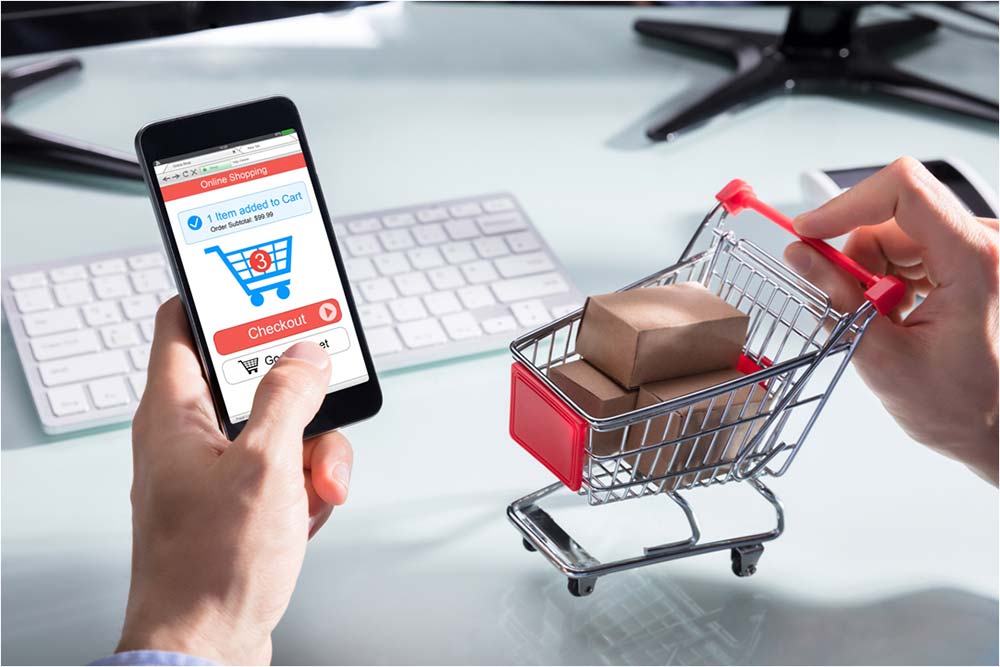Not less than 88 million users, a cumulative order value of $8.3 billion, and a share of 66 per cent growth over the previous festive season. That’s e-commerce in an India shuddering out of the Covid freeze in 2020.
What had begun with the system of dropping an account payee cheque in a nondescript little tin box put up in front of a shop and waiting for a book to be delivered at your doorstep after at least 15 days back in early 2000s, has now evolved into a $88 billion market with a potential to surpass $200 billion in the next five years.
The growth of e-commerce in India, averaging 35 per cent annually, never seemed to turn into a reality when Supam Maheshwari launched Firstcry.com way back in 2010 with a seed money of Rs 2.5 crore. The business model was simple: setting up a platform for new parents to source better quality products for their babies from abroad. Eleven years on, the portal flaunts an array of 90,000 products.
The stories of most e-commerce portals are not much different. Rapid smartphone penetration and deeper access to internet have scripted the success stories for the e-commerce companies in the fifth fastest growing global economy. Internet users in India have crossed 750 million, almost 61 per cent connections of these are in urban areas and around 97 per cent of those are wireless.
The outbreak of the Covid pandemic turned into an inflection point for e-commerce in India. With the authorities slapping strict containment measures, people turned to online shopping more than ever. At $8.3 billion, the gross merchandise value of e-commerce companies in India during the festive season last year recorded a 66 per cent jump over the previous corresponding period. The market posted an 87 per cent increase in the number of users logging in to e-commerce sites during the period.
The e-commerce juggernaut seems to be unstoppable with the post-Covid world adapting to new normal and both life and livelihood undergoing a paradigm shift. India’s drive for a digital economy have been laying the asphalt for a smooth run of this disruptive technology. Initiatives like Digital India, Make-in-India, Start-up India, Skill India and Innovation Fund have given the maximum policy support for the sector to flourish.
The emergence of e-commerce is seamless in sync with the government’s push for inclusive growth through micro, small and medium enterprises. The online platforms have provided means of financing, technology, and training to people in rural India, especially women entrepreneurs.
“Indian e-commerce sector is helping small and medium businesses market their products to a wider customer base, fuel consumption, drive B2C exports, create a technology-led economy and power large-scale employment. Today, more than ever, customers and businesses are relying on e-commerce and this structural shift will propel us faster towards a more connected India, catapult Make in India to go global at scale and enable robust businesses that will create millions of livelihoods,” says an Amazon India spokesperson.
With the introduction of more advanced and customer-focused technology like drone delivery system, seamless omnichannel experience, and more innovative and flexible payment options, the e-commerce in India is likely to surpass the US to become the second largest market in the
world by 2034.
***
E-commerce Market in India From $38.5 billion in 2017 to $200 billion by 2026
Online Grocery Market From $1.9 billion in 2019 to $18.2 billion in 2024
Online Retail Sales Projected to grow at 31% from $32.70 billion in 2018
E-retail Market in India From $25.75 billion in 2020 to $100-120 billion by 2025 with more than 300-350 million shoppers
Smartphone Shipments Smartphone shipments reached 150 million units and 5G smartphone shipments crossed 4 million in 2020. Smartphone user base is expected to rise 84% to reach 859 million by 2022

